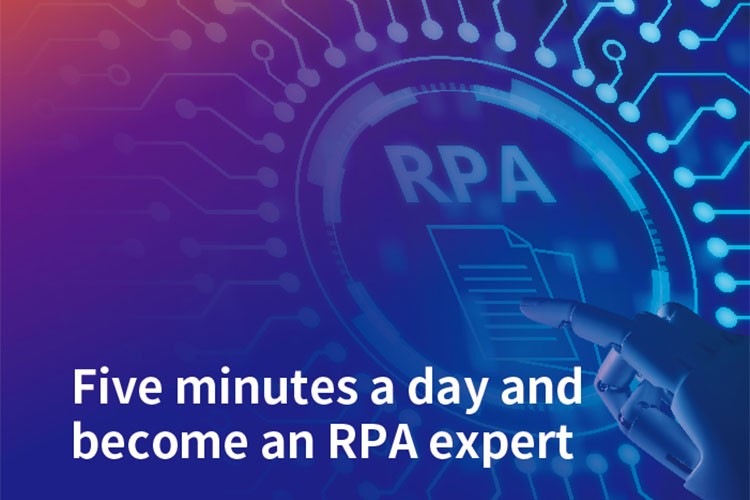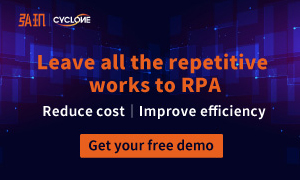In the past, due to the limitations of technology, traditional RPA could only handle rules-based, repetitive workflows and not the greater volume of businesses involving unstructured data. However, with the rapid development of AI technology in recent years, RPA+AI has been emerging in automation area. RPA robots, powered by AI, help expand the scenarios for automation by taking the tasks like information extraction, simple analysis and decision-making, and risk control.
RPA+AI can be thought of as RPA 4.0, which has undergone 4 stages in its evolution:
1. Ancillary RPA
Being mainly deployed on PCs, it includes the mainstream robot process automation capabilities seen today, but cannot realize end-to-end automation and large-scale deployment.
On VMS virtual machines, it can provide the end-to-end businesses..
2. Non-Ancillary RPA
It can help with the automated process design, as well as the centralized management of RPA robots, but human intervention is required.
3. Autonomous RPA
With end-to-end automation, it can help with many tasks as a virtual labor, and can be deployed at scale. It can not only be deployed to the cloud, but also operated as SaaS.
4. Intelligent RPA
By working with various Al technologies like machine learning, natural language generation, natural language processing, etc., it can process the unstructured data and analyze the intelligent reports.
Today, most Chinese companies stay between Non-Ancillary RPA (RPA 2.0) and Autonomous RPA (RPA 3.0), and are focusing on RPA 4.0 as its goal.
AI is like the "brain", while RPA is like the "limbs". Such complementary relationship sees a broader coverage than ever for RPA automaton Common scenarios powered by AI include intelligent semantic analysis (NLP), intelligent character recognition (OCR), image text recognition and other highly customized artificial intelligence components.
In the financial industry, a large amount of unstructured data in the bank documents cannot be handled by the traditional RPA. However, with the help of AI technology, a bundle of intelligent requirements such as approval intelligence, compliance intelligence, and risk control intelligence can be realized.
At present, it has been applied in areas like legal, e-commerce, financial, supply chains, manufacturing, IT, and HR, such as:
1. Intelligent court trial robot
2. Intelligent feedback robot
3. Intelligent payment collection robot
4. Intelligent audit robot
5. Intelligent contract recognition robot
6. Intelligent information extraction robot
7. Intelligent inspection robot
8. Intelligent document correction robot
Looking ahead, amid the increasingly number of application scenarios of RPA, and the broader range of products covered, a multi-process, cross-regional, and multi-unit group deployment architecture based on products is expected to be the focus in RPA innovation. RPA powered by AI is now reaching out to more scenarios in wider areas.





